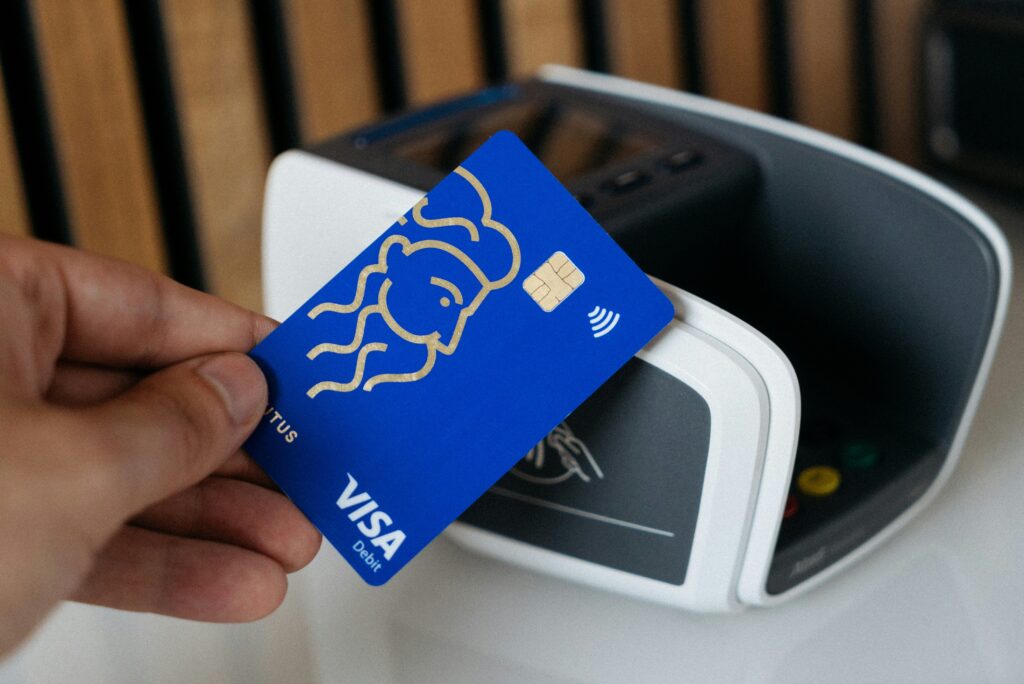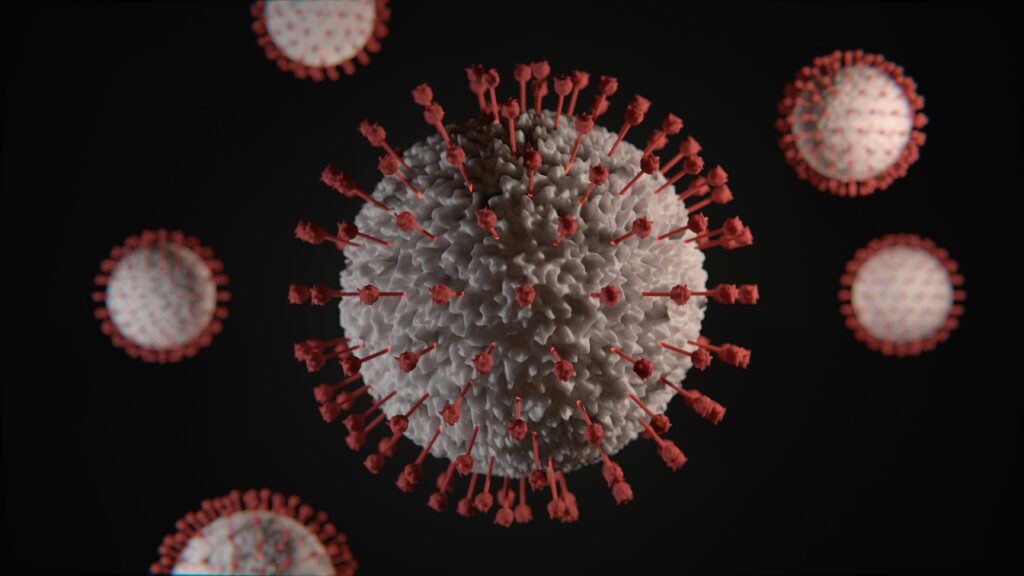If you’re graduating from a Canadian post-secondary program in 2025 (or helping someone who is), the PGWP is the single most important immigration tool you’ll care about: it lets eligible graduates stay and work in Canada — often full-time, for months or years — and it’s a common pathway to Canadian work experience and eventually permanent residence. But IRCC changed the rules in 2024–2025: program types, fields of study, timing rules, and a few application routes were updated — and some changes include transitional or grace provisions. This guide walks you through exactly what changed, who remains eligible in 2025, how long the permit can last, how and when to apply, common pitfalls (and how to avoid them), and practical graduation-season checklists so you don’t miss deadlines.
I’ll keep the legalese to a minimum, highlight the five most important facts up front, and then dive deep with examples, timelines, and actionable advice.
TL;DR — Five headlines every graduate must know (quick facts)
- Field-of-study rules matter now. IRCC updated the list of eligible fields of study in mid-2025; your program’s CIP code (or equivalent) can determine PGWP eligibility. If your study permit was issued before June 25, 2025, different grandfathering rules may apply. (Government of Canada)
- Application window — 180 days. You must submit your PGWP application within 180 days of receiving written confirmation that you completed your program (e.g., official transcript, diploma). That rule is unchanged and is critical. (University of Manitoba)
- Some study time counting rules ended. IRCC’s pandemic-era flexibility about online study (counting in-Canada online study toward PGWP) ended August 31, 2024. Make sure any online periods you relied on were within allowed dates. (Government of Canada)
- Masters and multi-year programs — duration clarity. IRCC clarified length rules (for example, some master’s programs of 8+ months can qualify for a 3-year PGWP if eligible) — check your program level (degree vs. certificate/diploma). (UBC Students)
- There are transition/grace updates. After the June 25, 2025 field list changes, IRCC issued clarification and a brief grace period (and later small fixes) so students who applied for study permits earlier are not unfairly excluded. Still — check the field list that applied when you first applied for your study permit. (Government of Canada, CIC News)
If any of those short bullets triggered an alarm bell, keep reading — this guide unpacks each item and gives concrete next steps.
What changed recently (timeline & how to read the headlines)
Canada’s rules for international students and PGWPs have been adjusted several times since 2023. Key recent milestones you should know:
- February 15, 2024: Clarifications were made for master’s programs (8 months or longer) and their PGWP length eligibility — that matters if you’re in a short master’s. (UBC Students)
- June 25, 2025: IRCC published a major update to the fields of study eligible for PGWP — adding many fields tied to labor shortages and removing some others. That change is the headline for 2025 applicants. (Borders Law firm, The Economic Times)
- July 4, 2025: IRCC refined the field-of-study update, restored or clarified some codes, and confirmed grandfathering rules for students who applied for study permits before June 25, 2025. Expect follow-up clarifications in early 2026. (Government of Canada)
- August 31, 2024: The special pandemic rule that let some students’ online study from within Canada count toward PGWP ended. If part of your program was online in 2020–2024, check whether that period counts. (Government of Canada)
IRCC continues to tweak operational details, but the biggest practical change for many graduates in 2025 is the field-of-study eligibility (who qualifies) and the importance of when you applied for your study permit.
Who is (still) eligible for a PGWP in 2025?
Eligibility remains a mix of institutional, program, timing, and status tests. In plain language, you are likely eligible if all of the following are true:
- You graduated from a designated learning institution (DLI) that is eligible to host international students and deliver PGWP-qualifying programs. (Public colleges, many universities, and selected private institutions may qualify; program-level rules can vary.) (Algonquin College)
- Your program length qualifies. Most programs that were at least 8 months (full-time) historically qualified for a PGWP; duration of the PGWP depends on program length (see below). Some short master’s and credential rules were clarified in 2024. (UBC Students)
- Your field of study is on the eligible list (IRCC now uses an updated list of CIP codes / fields to align PGWP eligibility with Canada’s labour needs). If your study permit was issued before June 25, 2025, grandfathering rules may preserve your eligibility even if the field was later removed — check both the field list and your study permit issuance date. (Government of Canada)
- You apply within 180 days of getting official confirmation of program completion. Don’t miss this window. (University of Manitoba)
- You have valid status at some point during the application period (if you apply from inside Canada and your study permit is still valid, you can usually keep working while IRCC processes your PGWP). If your permit has expired, you can still apply from outside Canada within the 180-day window but you lose implied work authorization while your application is in process. (Northeastern International Hub, University of Manitoba)
Important nuance — program level and type
- Degree programs (bachelor’s, master’s, PhD): Generally straightforward — these almost always remain eligible if offered by a DLI and if other conditions are met.
- Diplomas and certificates: Eligibility depends on program length and (now) field of study. Some short graduate certificates are explicitly excluded unless their CIP is on the eligible list. (Borders Law firm)
- Private institutions / for-profit colleges: Some are eligible; many are not. Always verify the DLI’s PGWP status for the exact program code. (Algonquin College)
How long will your PGWP be? (duration rules explained)
The length of your PGWP depends on program duration and program type. The general rules (still applicable in 2025) are:
- Programs of less than 8 months: not eligible for PGWP.
- Programs of 8 months to less than 2 years: PGWP length normally equals program length (e.g., an 8- or 12-month program typically yields a permit of that same length).
- Programs of 2 years or more: standard PGWP can be up to 3 years. (IRCC clarified master’s duration rules in 2024 so eligible master’s of 8+ months may qualify for a 3-year PGWP if the program is a recognized master’s degree and other conditions are met.) (UBC Students)
Tip: Some students attempt to string together multiple short programs to extend PGWP eligibility; IRCC treats continuous study as a program of study — the underlying program length that matters is the program you completed and the formal credential issued. Don’t assume two consecutive 8-month certificates equal a 3-year PGWP.
Field of study updates — what they mean and what to do
The June 25, 2025 field-of-study overhaul is the policy item causing the most uncertainty. Why it matters:
- IRCC now links PGWP eligibility more tightly to CIP codes / fields that map to occupations with long-term labour shortages. That means some programs that previously counted are no longer eligible, while many healthcare/trades/education related fields were added.
Crucial practical points:
- Eligibility is usually determined when you apply for your STUDY PERMIT, not when you graduate. If your study permit was issued before June 25, 2025 and your program was eligible then, you’re likely grandfathered in — but double-check the IRCC guidance for your specific case. (Government of Canada)
- IRCC issued a follow-up update on July 4, 2025 clarifying which codes were restored or changed; they also indicated some removed codes would remain eligible until the next update in early 2026. That grace period is intended to reduce unfair surprises. (Government of Canada)
Action steps:
- Find your program’s CIP code on your transcript, offer letter, or DLI program page.
- Check the IRCC field-of-study list that applied when your study permit was issued (IRCC’s notices explain grandfathering). Use your DLI’s international office to confirm. (Algonquin College)
- If your program is no longer eligible and you are not grandfathered, ask your school whether alternate pathways exist (e.g., completing an eligible program at the same DLI or switching to a program with an eligible CIP code — but be careful about timelines and study-permit changes).
How to apply — a step-by-step, practical walkthrough
Below is a practical, itemized application flow for graduation season.
Step 0 — BEFORE you graduate
- Confirm program completion date with your registrar and the exact wording of the “official confirmation” document (diploma, transcript, letter). IRCC starts the 180-day clock based on the date the institution confirms you completed the program. (University of Manitoba)
- Check DLI & CIP code with the international student office; confirm PGWP eligibility and whether you’re grandfathered under older lists. (Algonquin College)
Step 1 — Prepare documents (collect now)
- Passport (valid for the duration you request where possible).
- Official transcript or letter confirming program completion (issued by the DLI).
- Study permit details (copy of permit).
- If you had periods of study outside Canada, evidence of that (if relevant).
- Payment method for IRCC fees.
- Digital passport photos per IRCC specs (if required). (Government of Canada, University of Manitoba)
Step 2 — File within 180 days
- Apply online through the IRCC portal. Paper applications are slower and risk processing delays. If you file while your study permit is still valid you often get implied status and can continue to work under certain conditions. (Northeastern International Hub, University of Manitoba)
Step 3 — Work while waiting (if eligible)
- If you applied before your study permit expired and you were authorized to work off-campus, you can usually keep working full-time while IRCC processes your PGWP. Confirm details with IRCC / your school’s international office. (Northeastern International Hub)
Step 4 — Decision & travel
- When IRCC approves, you’ll receive a letter of introduction (LOI). If you are outside Canada, you’ll need that LOI to obtain your work permit document (or visa) where required. If you applied from within Canada and have confirmation, IRCC may issue the actual open work permit document depending on status. (Government of Canada)
Practical tip: Don’t book long-term travel or flight tickets until you have the LOI in hand — processing times vary.
Common graduation-season scenarios (and exact steps)
Scenario A — You finish a 16-month diploma offered by a public college and have a valid study permit issued in 2023.
- Likely eligible for a PGWP equal to program length (e.g., 16 months). Confirm DLI/field code. Apply within 180 days. Work while waiting if you applied before your study permit expired. (Algonquin College, University of Manitoba)
Scenario B — You completed two stacked 8-month certificates at different institutions and want to maximize PGWP length.
- IRCC examines the program you completed and the credential awarded. Stacking short credentials is often NOT treated as one continuous qualifying degree — don’t assume it yields a multi-year PGWP. Clarify with your DLI and immigration advisor. (UBC Students)
Scenario C — Your program was partially online during COVID (2020–2024) and you relied on that time to meet program length.
- Pandemic flexibility ended Aug 31, 2024; some older online time may still count if it was within IRCC’s temporary window. Check the timeline for your specific study periods. (Government of Canada)
Scenario D — Your field was removed on June 25, 2025, but your study permit was issued in 2022.
- Grandfathering likely protects your eligibility. Get written confirmation from your DLI and keep copies of your study-permit issuance evidence and program offer. (Government of Canada)
Frequently asked questions (FAQ)
Q: Can I apply for PGWP if I’m outside Canada when I graduate?
A: Yes — but you must file within 180 days after receiving an official completion letter. If you apply from outside Canada, you generally cannot benefit from implied status and you can’t work in Canada until your permit is issued and you are physically in Canada. (University of Manitoba)
Q: What if my study permit expires before I apply?
A: You can still apply from outside Canada within the 180-day window, but you lose the implied status/work authorization that some applicants inside Canada get when they apply with a valid permit. If you are inside Canada and your permit is still valid, apply before it expires. (Northeastern International Hub, University of Manitoba)
Q: Can I extend my PGWP later?
A: No — PGWPs are not renewable. If your PGWP is shorter than you need, plan other routes (employer-sponsored work permits, provincial nominee programs (PNPs), or a permanent residence pathway). Some PNP streams are designed to accept temporary workers with limited work experience. (CIC News)
Q: What if IRCC refuses my PGWP?
A: You may have options: request a review if procedural error is evident, reapply if new evidence or corrected documents exist, or seek legal/immigration advice. Keep in mind refusal reasons vary and the right remedy depends on the specific cause. (Government of Canada)
PGWP → Permanent Residence (PR): common routes and timing
The PGWP is valuable because it supplies Canadian work experience, and several PR pathways reward that experience:
- Canadian Experience Class (CEC) through Express Entry: requires skilled work experience in Canada (requirements change; check current Express Entry minimums).
- Provincial Nominee Programs (PNPs): many provinces run streams for recent graduates or in-province workers — some streams accept graduates with shorter work histories. (CIC News)
- Employer-driven routes: LMIA-supported permanent offers or employer nominations can lead to PR.
Important planning tip: If PR is your goal, align your PGWP length with how long you’ll need to qualify for a given PR stream; talk to a qualified immigration advisor early.
Five common mistakes graduates make (and how to avoid them)
- Missing the 180-day clock. Solution: request your official completion letter early and calendar the deadline. (University of Manitoba)
- Assuming any program at a DLI automatically qualifies. Solution: confirm program-level PGWP eligibility and CIP code with your international office before you graduate. (Algonquin College)
- Trusting a removed field without checking grandfathering rules. Solution: if your field changed in 2025, gather proof of study-permit issuance date and program eligibility at that time. (Government of Canada)
- Not preparing documents for online application (photos, digital transcripts). Solution: prepare digital scans early and confirm IRCC’s photo specs. (Government of Canada)
- Failing to plan PR early. Solution: review PR streams in your province and gather references/paystubs as soon as you start working. (CIC News)
Graduation-season checklist (printable, quick)
- Confirm official program completion date with registrar.
- Request and save the official completion letter and final transcript.
- Verify your DLI/program CIP code and PGWP eligibility (ask the international office in writing). (Algonquin College)
- Mark your 180-day PGWP application deadline on your calendar. (University of Manitoba)
- Prepare digital scans of passport, study permit, photos, and transcripts. (Government of Canada)
- Decide whether to apply before your study permit expires (to retain implied status if applicable). (Northeastern International Hub)
- If you plan to pursue PR, map which stream you will target and what work experience you need. (CIC News)
If something goes wrong — limited remedies and smart next moves
- If you miss the 180-day window: You may not be eligible for PGWP. Seek immigration advice immediately; alternative work permits or returning to school are possible options.
- If IRCC denies your application because of field code or program status: Request your DLI’s help for documentation proving the program’s status at the time of your study-permit issue date; reapply if you can correct the deficiency. (Government of Canada)
- Complex cases (co-op-only programs, periods outside Canada, combined credentials): talk to your DLI’s immigration adviser and/or a licensed immigration consultant or lawyer — these cases are nuanced.
Final recommendations — a low-risk playbook for graduation season
- Confirm eligibility early. Don’t wait until convocation to check your CIP and DLI status.
- Apply as soon as you have completion confirmation. The 180-day clock is firm.
- If in doubt, apply from inside Canada before your study permit expires to maximize your ability to keep working while IRCC processes your file. (Northeastern International Hub)
- Collect documentation for future PR (pay stubs, job letters, employer references) from day one of employment. (CIC News)
- Stay informed — IRCC updates field lists and operational guidance from time to time; subscribe to your DLI’s international student newsletter and check IRCC notices if you’re graduating during a policy change. (Government of Canada)
Where I pulled the most important admin facts (for your reference)
IRCC’s own PGWP pages and recent IRCC notices explaining the eligibility changes, field-of-study updates, and operational clarifications were the source for the legal and timing facts above. (See: IRCC updates on PGWP eligibility, field-of-study notices, and the PGWP overview pages.) (Government of Canada, University of Manitoba)
If you’d like, I can next:
- Make a customized 2-page checklist for your program (I’ll need your DLI name, program title, start date and the study-permit issue date).
- Draft the exact online application checklist with document names and template text you can copy-paste into IRCC fields.
- Map a PR timeline showing how many months of skilled work you’ll need for CEC or provincial streams, and what to collect now.
Which of those would be most useful right now?




